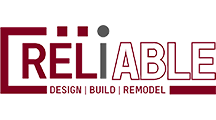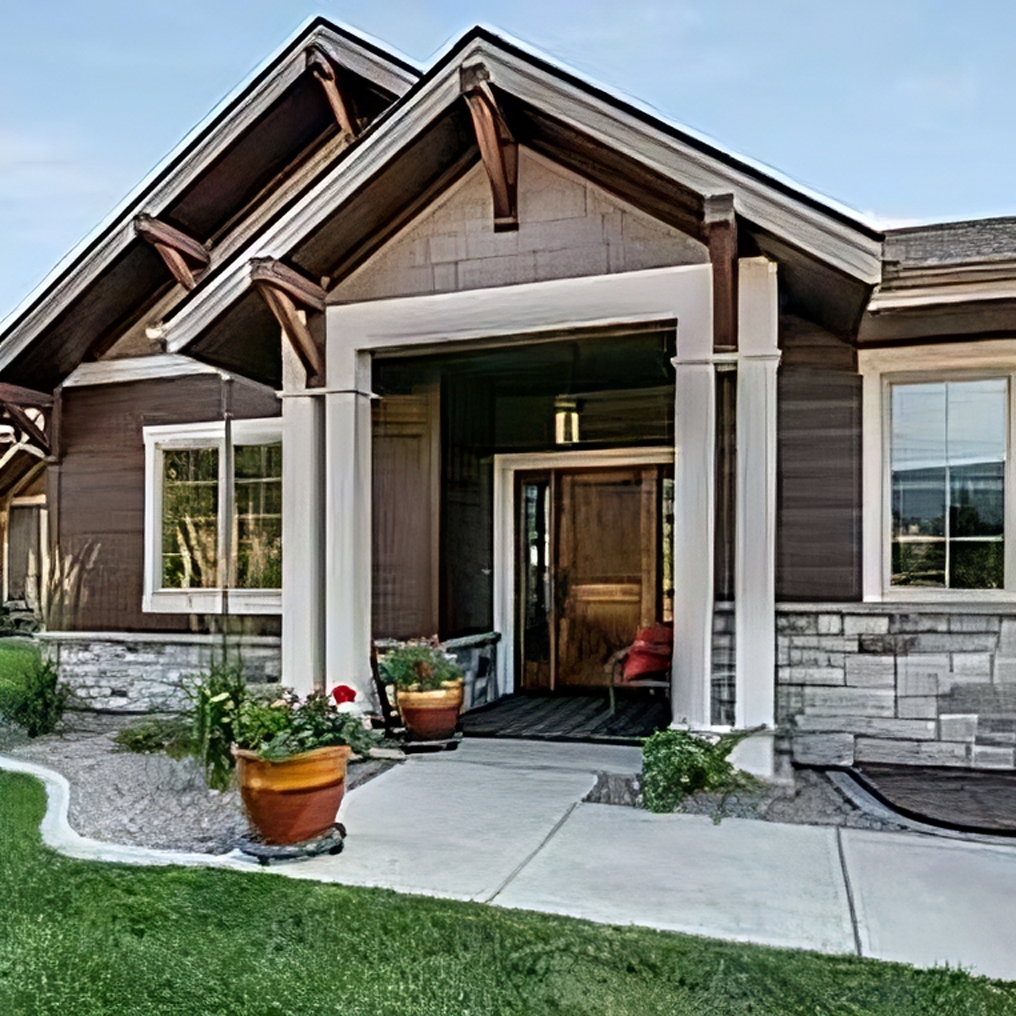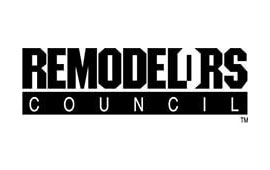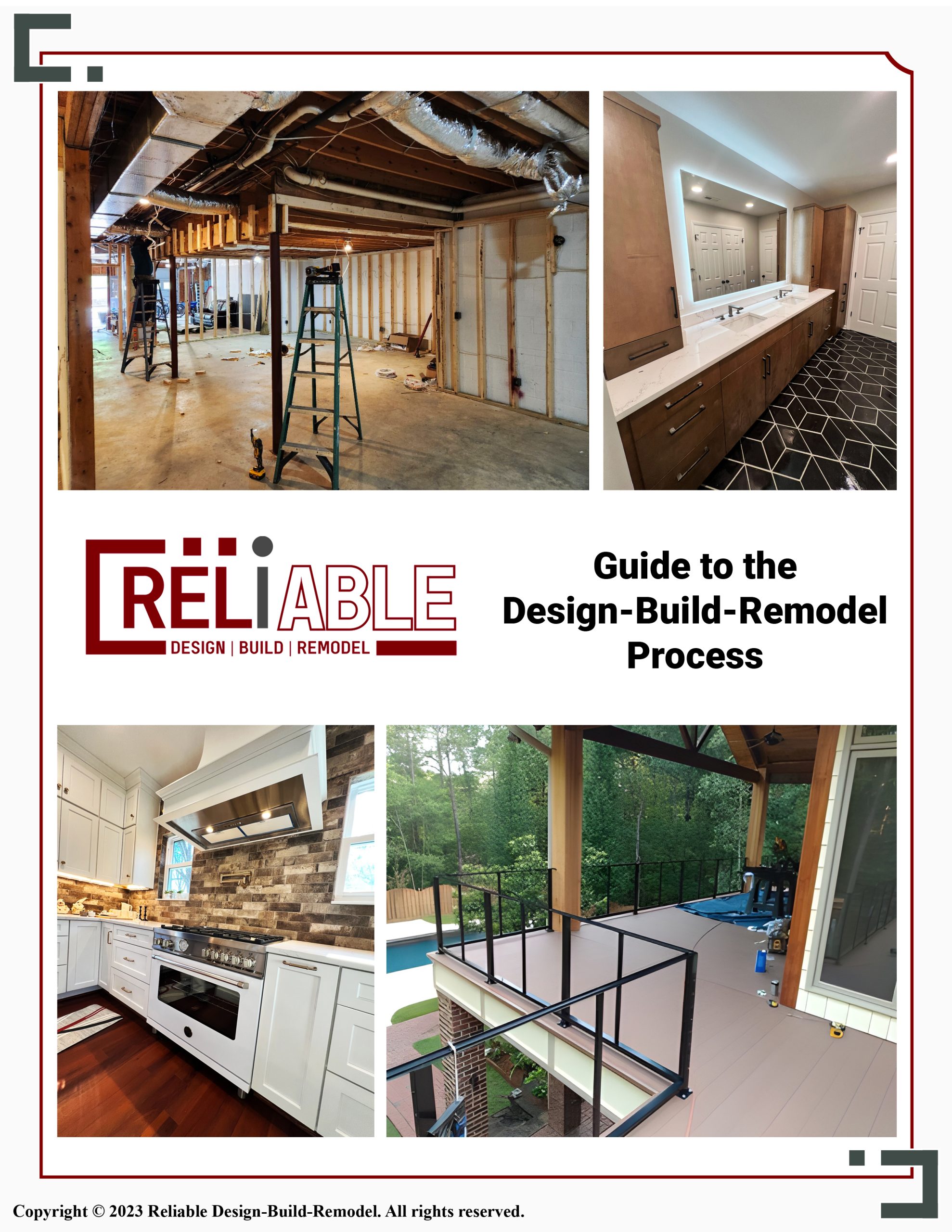When remodeling a home, there are many electrical considerations, especially regarding low voltage lighting systems. Low voltage electrical components are often overlooked, but they play a vital role in the functionality of a modern home. In this post, we’ll answer some common questions surrounding low voltage wiring in construction and how it may impact your remodeling project.
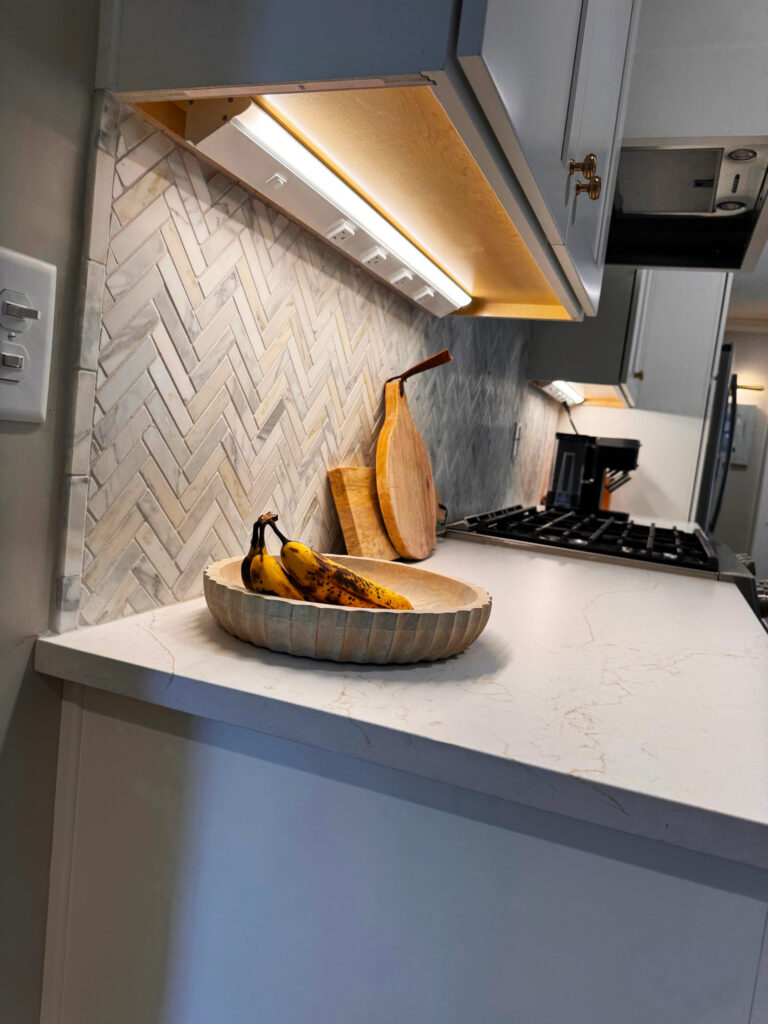
What is considered low voltage in construction?
Low voltage refers to electrical systems that operate at a lower voltage level than standard household wiring. In construction, this typically means systems that run on 50 volts or less. Common low voltage systems include lighting, security systems, doorbells, internet connections, thermostats, and even some audio-visual setups. These systems are essential for the smooth operation of modern technology in the home, making them a critical aspect of any remodel. While standard household outlets provide 120 volts, low voltage wiring provides the backbone for communication and control systems in a house.
Can you fix low voltage?
Yes, low voltage systems can be repaired, but the process often differs from fixing standard electrical wiring. The good news is that low voltage wiring tends to be less dangerous than high-voltage systems. However, the challenge lies in troubleshooting the system, as low voltage problems often manifest as intermittent issues or degraded performance. For example, if your low voltage lighting flickers, the issue could stem from faulty wiring connections, a defective transformer, or worn-out components. As remodeling experts at Reliable Design-Build-Remodel, we often encounter these issues during home updates and ensure that any repairs or upgrades to low voltage systems are made with attention to safety and functionality.
Do I need low voltage wiring in my house?
In most modern homes, low voltage wiring is not just a luxury but a necessity. It powers key systems such as home security, audio-visual equipment, and internet connectivity, all of which contribute to the overall comfort and functionality of your home. During a remodel, updating or installing low voltage wiring ensures that your home is equipped for future technology needs. Even if your current home systems are functioning well, adding low voltage wiring can prepare your house for upgrades like smart home technology or energy-efficient lighting. At Reliable Design-Build-Remodel, we advise homeowners to consider the future when undertaking remodeling projects. Ensuring that your home has the right wiring in place now can save time and money down the road.
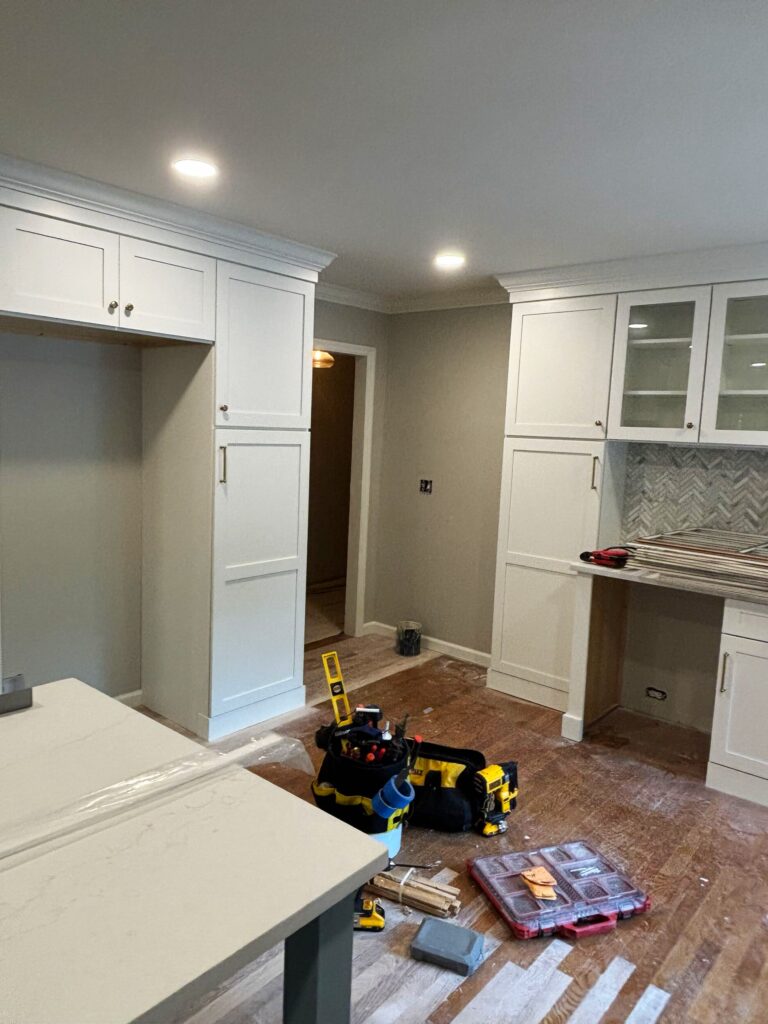
What is the problem with low voltage?
Despite its many benefits, low voltage systems can pose challenges. One common problem is the potential for signal loss or interference, which can degrade performance over time. This issue is particularly prevalent in systems like home security or audio-visual setups, where consistent performance is key. Another problem is the wear and tear of low voltage wiring, which can occur over the years. Unlike high-voltage wiring, which may need fewer repairs, low voltage components such as transformers and connectors can fail more frequently. During a remodeling project, it is critical to inspect these systems for wear and address any potential issues. At Reliable Design-Build-Remodel, we ensure all low voltage systems are up to date and functioning correctly, minimizing the chances of future problems.
What does OSHA consider low voltage?
According to the Occupational Safety and Health Administration (OSHA), low voltage is defined as any electrical system that operates at 600 volts or less, though in most residential settings, we’re talking about much lower voltages — typically around 50 volts or less. OSHA has specific regulations governing the installation, use, and maintenance of low voltage electrical systems. For example, even though low voltage wiring is generally safer to handle than high voltage, it must still be installed by a qualified individual and meet safety standards to prevent hazards like electrical shocks or fires. During remodeling, safety should always be a priority, and at Reliable Design-Build-Remodel, we ensure that our team follows OSHA regulations when installing or modifying any electrical systems, including low voltage components.
Is 240v considered low voltage?
Yes, 240 volts is considered low voltage. In residential settings, 240 volts is typically used for high-demand appliances such as electric dryers, stoves, or HVAC systems. This voltage is higher than the standard 120-volt outlets found in most homes and requires different wiring and breakers. No matter how high the voltage, it’s essential to make sure there is no improper handling of 240-volt, or any voltage, wiring because it can result in serious safety hazards. At Reliable Design-Build-Remodel, we have the expertise to manage both high and low voltage wiring in your remodeling project, ensuring every system is installed properly and safely.

Reliable Design-Build-Remodel is a full service general construction firm and remodeling contractor operating in the Birmingham metro and Jefferson and Shelby County areas and surrounding communities, including Birmingham, Helena, Chelsea, Mountain Brook, Hoover, Homewood, Montevallo, Alabaster, Vestavia Hills, and Pelham, with over 30 years of servicing our valued clients. Offering full service suite of general remodeling, design and build services. Our specialties include bathroom remodeling, kitchen remodeling, exterior renovations, interior renovations, painting, and more!
Visit us at reliablerem.com, and like and follow us on Facebook and Instagram!
